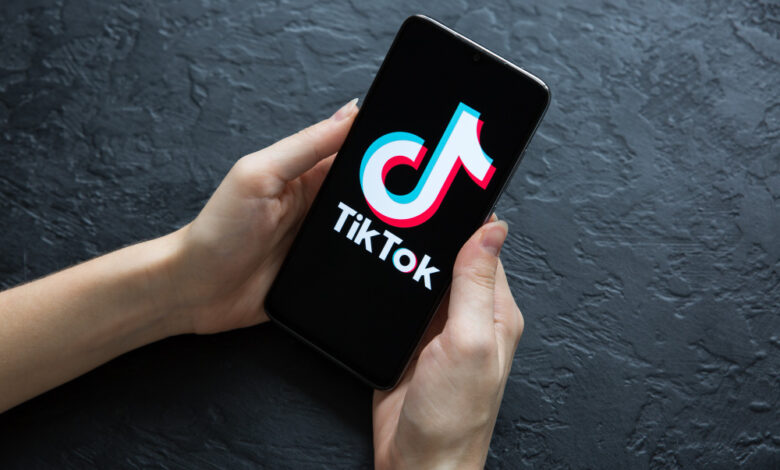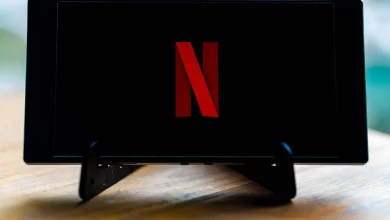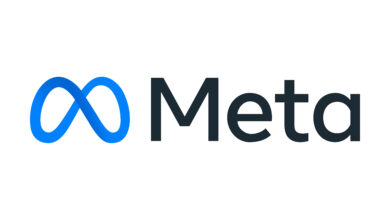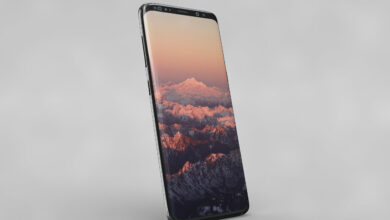TikTok Launches Video Stickers for Direct Messages, Similar to GIFs.

TikTok has introduced “animated video stickers” for direct messages, similar to GIFs. Users can browse through popular video stickers uploaded by others or create their own by selecting a video from their liked, posted, and favorite videos and then selecting how much of the video they want to be part of their video sticker. The feature is an expansion of TikTok stickers, which were launched in December 2020. The video stickers are expected to help TikTok expand its social features and attract more users to spend time on the app.
TikTok has recently launched a new feature called “animated video stickers” for direct messages, which works similarly to GIFs. The new feature was first discovered by product intelligence firm Watchful.ai and confirmed by TikTok to TechCrunch. The animated video stickers are an expansion of TikTok stickers, which were rolled out in December 2020, and allow users to create and upload their custom images to be used in direct messages.

The purpose of video stickers is to make direct messages more fun and engaging for users. Users can browse through popular video stickers uploaded by other users or create their own. Users can choose the “make sticker” option in a direct message window to produce a video sticker. Users can then choose a video from among their liked, posted, and favourite videos. This means that users can create video stickers using both their own original content and footage shared by third parties. Users can choose how much of a video to include on their video sticker by video-scrubbing thumbnails after they’ve chosen a movie. You can also choose to trim the video or add text as a sticker.
When a user is done creating their video sticker, they can choose to save it to their personal sticker library or add it to the sticker store on TikTok. If a user chooses to add it to the sticker store, other users will be able to discover and use the video sticker. TikTok notes that it only displays videos with sticker permissions, which means users don’t have to worry about misusing a creator’s video without their consent. Creators can opt out of allowing others to create video stickers based on their videos by changing their privacy settings.
Users who don’t want to create their own video sticker can browse through the top, trending, and new video stickers that people have created and are using on the app. The new feature gives users a way to share content from the app in new ways.
For instance, instead of simply sharing an entire video with someone via DM, users can share a specific part of it by turning it into a video sticker. Or, if there’s a part of a video that a user and a friend find particularly funny and find themselves referencing often, they can create a video sticker of it.
The addition of the video sticker function is anticipated to aid TikTok in enhancing its social capabilities and luring users to stay on the app longer. This comes after the company’s covert extension of its direct messaging settings earlier this year. With TikTok, users can choose whether they want to receive messages from everyone, suggested friends, followers they share, people they’ve messaged, or no one at all. Before this upgrade, users could only send each other direct messages (DMs) on the site if they were already friends or had been recommended to each other.
TikTok has already proven itself as a successful entertainment platform, and with the addition of the video sticker feature, users will likely spend even more time on the app. Other social media platforms like WhatsApp, Messenger, and Instagram all have stickers that users can send to one another in direct messages. By concentrating on what it does best—video—TikTok will stand out from competing platforms and be attractive to consumers looking for fresh, creative ways to express themselves through video.




